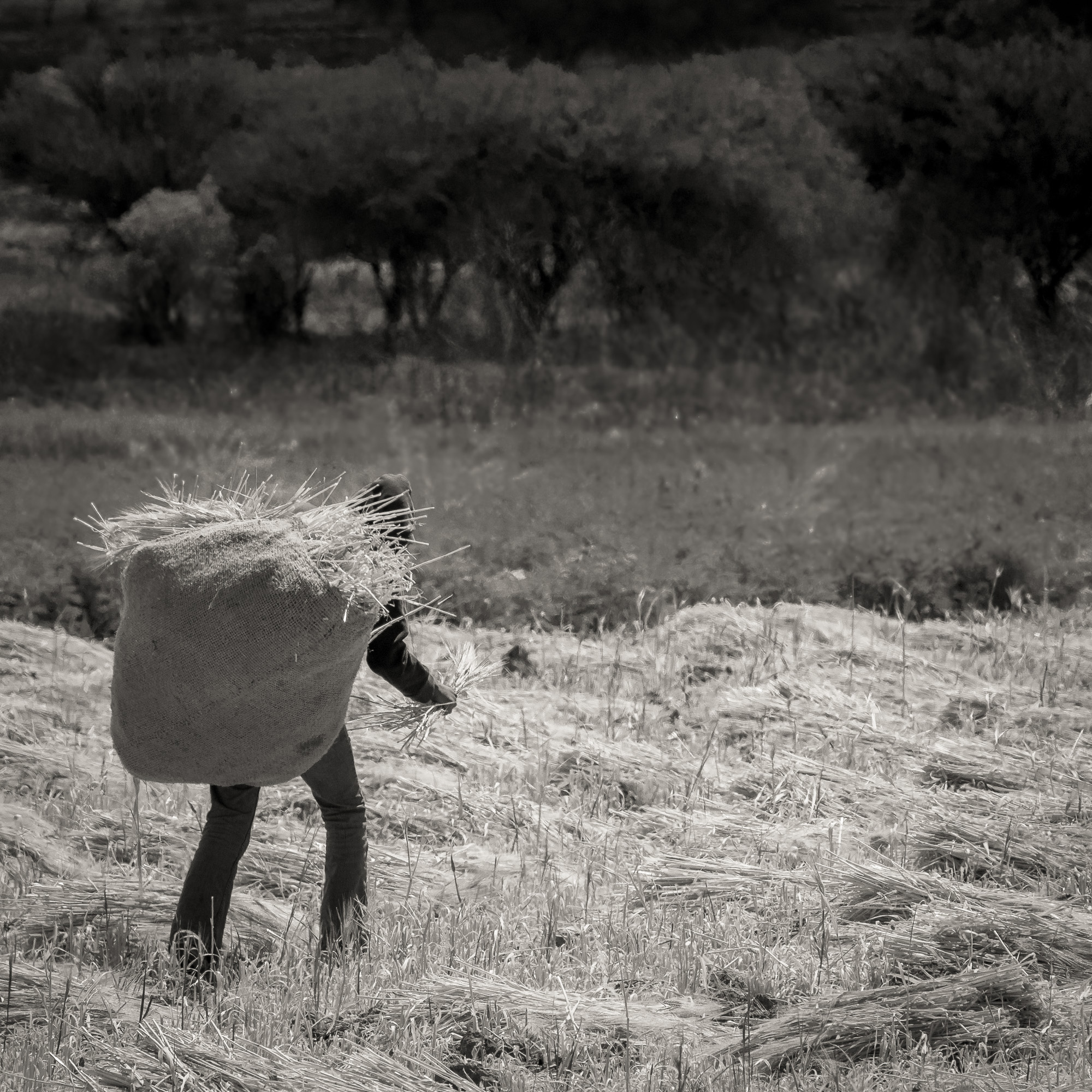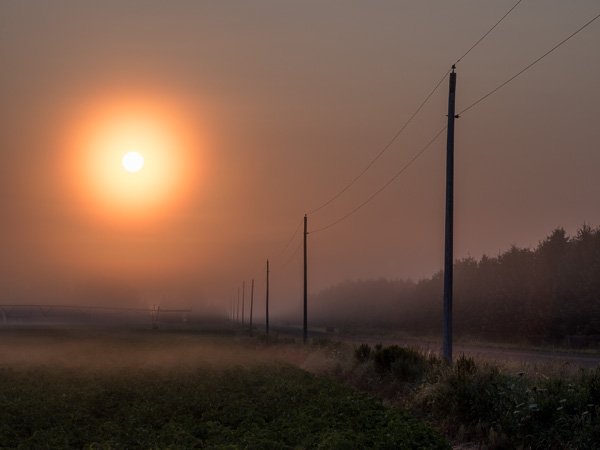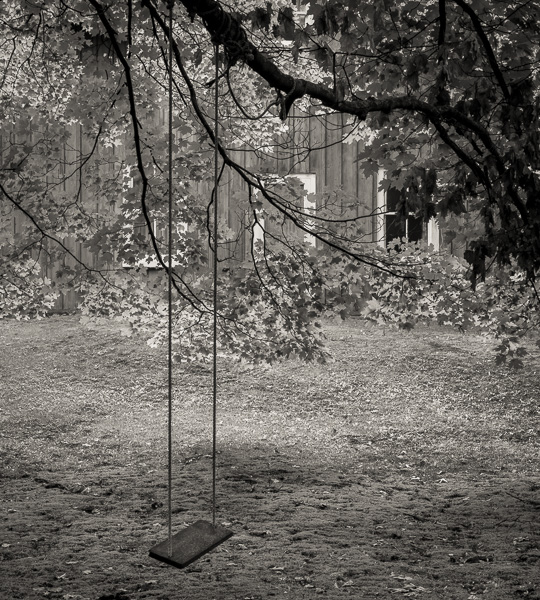Based on Nikon’s 2025 announcement, their “entry-level” full-frame Z5 II looks to inherit most of the autofocus prowess of their $5,000 flagship. According to the specs, you’ll even be able to record 12-bit RAW video internally to an SD card in a camera costing well under $2,000. From what we can tell, the new Nikon Z5 II represents a fascinating shift in what photographers can expect from a so-called “budget” full-frame camera in 2025.
Let’s be clear about something up front: at $1,699 (body only), the Z5 II isn’t cheap in absolute terms. But in the context of what appears to be on offer—a weather-sealed, dual-card slot, IBIS-equipped full-frame camera with flagship-level autofocus—it looks like an astonishing value proposition that deserves serious attention from enthusiasts and budget-conscious professionals alike. Let’s explore what this camera promises based on Nikon’s specifications and early information.


The Essentials: What You’re Getting
The Z5 II builds on the already solid foundation of the original Z5, keeping that camera’s excellent ergonomics and build quality while dramatically improving performance across the board. At its heart lies a 24.5MP backside-illuminated full-frame CMOS sensor paired with Nikon’s latest EXPEED 7 processor—the same chip found in the professional Z9 and Z8 models.
This processor upgrade brings transformative improvements to almost every aspect of the camera’s performance, from autofocus to buffer depth to video capabilities. The Z5 II now features a 273-point hybrid phase-detection/contrast autofocus system with Nikon’s deep-learning AI subject detection. This system can recognize and track nine different subject types, including people, animals, birds, and vehicles.
For landscape photographers, the sensor delivers excellent dynamic range and clean high-ISO performance (native ISO 100-64,000), while the 5-axis in-body image stabilization provides up to 7.5 stops of shake reduction with compatible lenses. The camera even introduces a Pixel Shift multi-shot mode that can produce ultra-high-resolution 96MP images—a boon for detail-hungry landscape shooters who work with static scenes.
Bird photographers will particularly appreciate the dedicated Bird Detection AF mode, which works remarkably well even on small or partially obscured subjects. Combined with the camera’s much-improved 14 fps continuous shooting (up from just 4.5 fps on the original Z5), you now have a genuine option for wildlife photography that won’t break the bank.


Beyond the Specs: What It Might Feel Like to Use
Numbers on a spec sheet are one thing, but what matters is how a camera performs in the field. Based on the specifications and Nikon’s design philosophy, we can make some educated predictions about the Z5 II experience.
The magnesium alloy chassis should provide a solid, confidence-inspiring feel in the hand, while the weather sealing would allow you to keep shooting when conditions turn nasty—critical for landscape photographers who know the best light often comes with the worst weather. The ultra-bright 3000 cd/m² electronic viewfinder sounds particularly impressive on paper, as it should remain clearly visible even in harsh direct sunlight, addressing a common frustration with less capable EVFs.
The fully articulating touchscreen represents an upgrade from the original Z5’s tilting screen, opening up creative composition options and making shooting from low or high angles effortless—think low-to-the-ground wildflower foregrounds for landscape work, or shooting over crowds for event photography. This flexibility would be especially valuable for self-recording content creators who need to monitor themselves while filming.
Battery life, while not exceptional at around 380 shots per CIPA standards, is adequate for a day’s shooting with careful management. The ability to charge or run the camera via USB-C is a welcome feature for extended sessions or time-lapse work. Having dual UHS-II SD card slots provides peace of mind on important shoots, allowing for instant backups or overflow recording.
Autofocus: The Flagship Feature That Could Change Everything
If there’s one area where the Z5 II appears to dramatically exceed expectations for its class, it’s autofocus performance. According to the specifications, Nikon has essentially transplanted the sophisticated subject detection and tracking capabilities from their professional cameras into this much more affordable body.
On paper, this suggests the Z5 II should identify and lock onto a human eye, animal face, or bird in flight with remarkable consistency. The camera’s 3D Tracking mode—a first for a Nikon full-frame mirrorless in this price range—promises to follow moving subjects with a tenacity that was previously reserved for cameras costing thousands more.
The new AF-A mode, which automatically switches between single and continuous autofocus as needed, appears targeted at casual shooters or those transitioning from smartphones who may not want to think about which AF mode to use for different scenarios.
For landscape photographers who occasionally shoot wildlife, or parents who want to capture their kids’ sports activities, this level of autofocus capability could transform what’s possible with a “budget” camera. The Z5 II’s specified ability to focus down to -10 EV also suggests reliable autofocus in very dim conditions—think pre-dawn landscapes or astrophotography scenarios.


Video: Potentially Punching Far Above Its Weight
While the original Z5 offered merely adequate video features with a restrictive 1.7x crop in 4K, the Z5 II specifications suggest a quantum leap forward. According to Nikon, it now records uncropped 4K video at 24/30p using the full sensor width, and can shoot 4K/60p with a 1.5x crop for smoother motion.
What’s truly remarkable on the spec sheet is the internal recording capability. The Z5 II appears capable of capturing 10-bit H.265 video and even 12-bit N-RAW format directly to the SD card—a feature previously unavailable at this price point. If this performs as described, serious videographers would be able to record highly gradable footage without requiring an external recorder.
The camera reportedly supports Nikon’s N-Log profile and HLG for high dynamic range video, and even allows the use of free RED LUTs for grading N-Log footage—further emphasizing how seriously Nikon seems to be taking the needs of hybrid shooters.
The inclusion of a “Product Review” AF mode cleverly addresses the needs of content creators who frequently need to transition focus between their face and an object held up to the camera. Combined with focus peaking, zebra exposure warnings, and the promised effective stabilization (using both IBIS and electronic stabilization), the Z5 II’s video specifications suggest a compelling package that could rival cameras costing significantly more.


Who Should Choose the Z5 II?
Landscape Photographers
With its excellent dynamic range, weather sealing, and effective IBIS that can help achieve sharp images in challenging light, the Z5 II is an outstanding landscape photography tool. The new 96MP Pixel Shift mode gives you essentially two cameras in one—a nimble 24MP shooter for general use, and a high-resolution option when you need maximum detail on a tripod.
The fully articulating screen simplifies awkward angle shooting, whether you’re working with a foreground element at ground level or shooting straight up into a forest canopy. The battery’s USB charging capability means you can extend shooting sessions with a power bank—ideal for those marathon sunrise-to-sunset days or time-lapse projects.


Bird and Wildlife Enthusiasts
While the Z5 II isn’t positioned as a dedicated wildlife camera, its 14 fps burst rate, improved buffer, and excellent subject detection make it surprisingly capable in this role. The dedicated Bird AF mode works impressively well, even with small birds or partial obstructions.
Paired with Nikon’s more affordable telephoto options like the 100-400mm or the upcoming 200-600mm Z-mount lenses, the Z5 II becomes an accessible entry point for aspiring bird photographers who previously might have been priced out of this genre with full-frame equipment.
The Pre-Release Capture feature, which starts buffering images just before you fully press the shutter, helps capture those fleeting moments that are so common in wildlife photography. While 24MP might require some cropping for distant subjects, the quality of those megapixels is excellent, with plenty of detail for moderate enlargements.
Hybrid Shooters and Content Creators
The Z5 II’s combination of strong stills capabilities and impressive video features makes it an excellent choice for those who need to create both types of content. The articulating screen, comprehensive video formats, and content-creator-focused features like Product Review AF mode directly address the needs of this growing segment.
UVC/UAC support means the camera can serve as a high-quality webcam by simply plugging it into a computer—no capture card required. This versatility makes the Z5 II a powerful tool for YouTube creators, streamers, and online educators who need to produce polished, professional-looking content without investing in separate systems for each medium.


Budget-Conscious Professionals
While professionals with specific needs in sports or commercial work might require more specialized tools, the Z5 II is remarkably capable as a primary camera for many professional scenarios or as a backup body.
Wedding and event photographers will appreciate the security of dual card slots and the camera’s reliable eye-detection autofocus, which works well even in dimly lit reception venues. Portrait photographers will find the color science and skin tones pleasing, with enough resolution for standard client deliverables.
The build quality and weather sealing inspire confidence for professional work, and the Z5 II doesn’t sacrifice the reliability professionals need just because it’s positioned as an entry-level full-frame option.
What’s Missing or Could Be Better
No camera is perfect, and the Z5 II does have a few limitations worth noting:
The 4K/60p video mode comes with a 1.5x crop, which narrows your field of view and isn’t ideal if you frequently shoot wide-angle video at higher frame rates. Some competitors like the Canon EOS R8 manage uncropped 4K/60p, albeit with other tradeoffs.
The sensor, while excellent, isn’t stacked like those in Nikon’s flagship models, which means electronic shutter readout is relatively slow. This can lead to rolling shutter distortion if you pan quickly or shoot fast-moving subjects using the electronic shutter. The 30 fps high-speed mode is JPEG-only and likely susceptible to this issue.
Battery life is adequate but not exceptional, so landscape photographers planning all-day excursions should budget for a spare battery or power bank. The EVF, while impressively bright, maintains the same 3.69M-dot resolution as the original Z5, which is good but not class-leading.
The $1,699 price point, while justified by the feature set, represents an increase from the original Z5’s aggressive pricing. This puts it closer to midrange models and slightly erodes the “super value” reputation of its predecessor.


Finding Your Light: The Z5 II in Context
What makes the Z5 II so interesting is how it appears to redefine expectations for an “entry-level” full-frame camera. By incorporating technologies from their flagship models, Nikon seems to have created a camera that, on paper at least, is anything but basic.
For landscape photographers, the promised combination of excellent dynamic range, effective stabilization, and build quality that can withstand the elements points toward a compelling tool that shouldn’t limit your creative vision. The addition of the Pixel Shift high-resolution mode means photographers potentially won’t need to choose between manageable file sizes for everyday shooting and maximum detail when it matters.
Bird and wildlife enthusiasts working within budget constraints might find the Z5 II offers far more capability than its price would suggest. While likely not at the level of dedicated wildlife bodies costing thousands more, the combination of subject detection, improved burst rates, and promised buffer depth suggests you could capture moments that would have been impossible with previous generation entry-level cameras.
Perhaps most importantly, the Z5 II looks like a camera you could grow with rather than grow out of. Its capabilities appear broad enough that most photographers wouldn’t bump against its limitations for years, if ever. And when photographers do push the boundaries, it would likely be in very specific, specialized scenarios rather than everyday shooting.
There’s a quiet confidence that comes from using a tool that doesn’t constantly remind you of its compromises. The Z5 II might offer that experience—a budget-friendly full-frame camera that simply gets out of your way and lets you focus on creating images. For many photographers, that’s worth far more than a longer spec sheet of features they may never use.
The landscape of photography is constantly changing, but some things remain constant: the pursuit of quality light, compelling compositions, and the technical excellence to bring your vision to life. If the Z5 II delivers on its promises, it could provide the tools to pursue all three without breaking the bank. And in today’s market, that would be something worth celebrating.
We look forward to putting these promises to the test when we get our hands on the Z5 II for a thorough field review.
Read this story and all the best stories on The Luminous Landscape
The author has made this story available to Luminous Landscape members only. Upgrade to get instant access to this story and other benefits available only to members.
Why choose us?
Luminous-Landscape is a membership site. Our website contains over 5300 articles on almost every topic, camera, lens and printer you can imagine. Our membership model is simple, just $2 a month ($24.00 USD a year). This $24 gains you access to a wealth of information including all our past and future video tutorials on such topics as Lightroom, Capture One, Printing, file management and dozens of interviews and travel videos.
- New Articles every few days
- All original content found nowhere else on the web
- No Pop Up Google Sense ads – Our advertisers are photo related
- Download/stream video to any device
- NEW videos monthly
- Top well-known photographer contributors
- Posts from industry leaders
- Speciality Photography Workshops
- Mobile device scalable
- Exclusive video interviews
- Special vendor offers for members
- Hands On Product reviews
- FREE – User Forum. One of the most read user forums on the internet
- Access to our community Buy and Sell pages; for members only.














